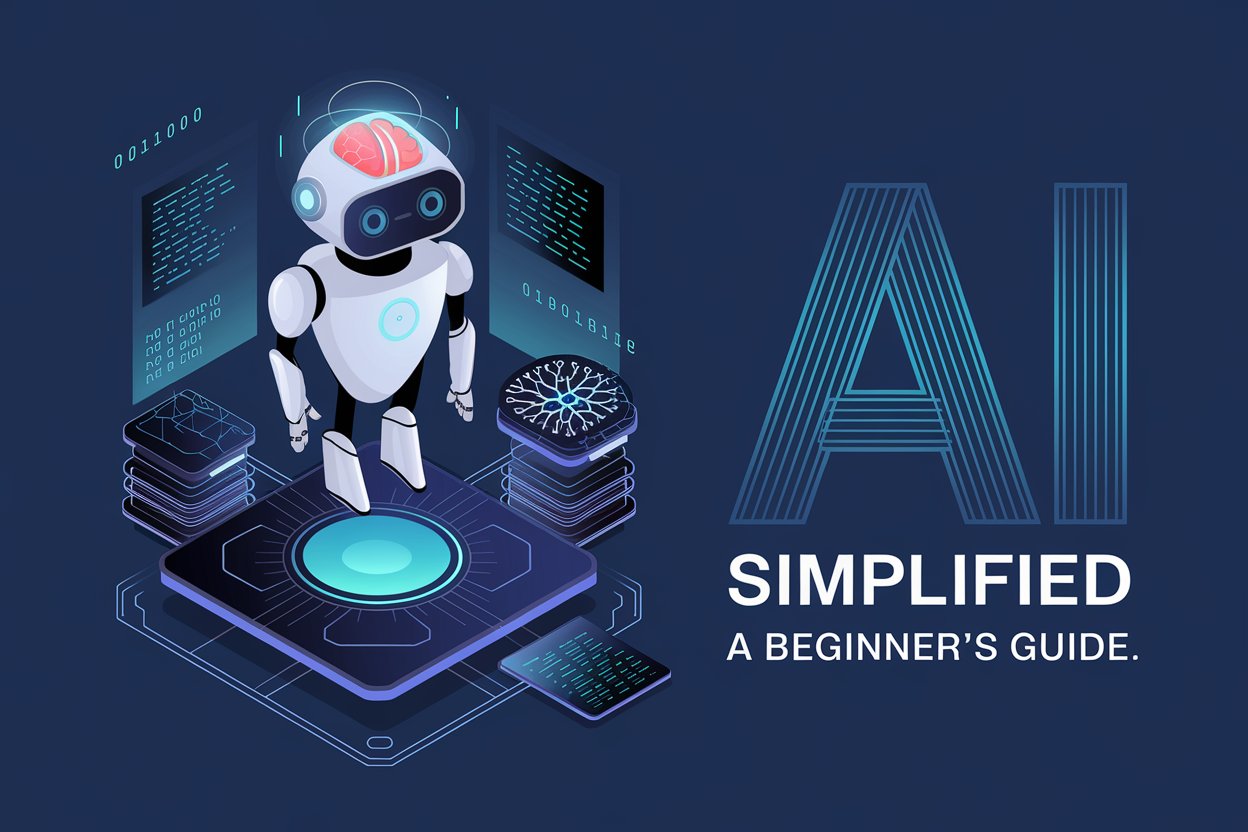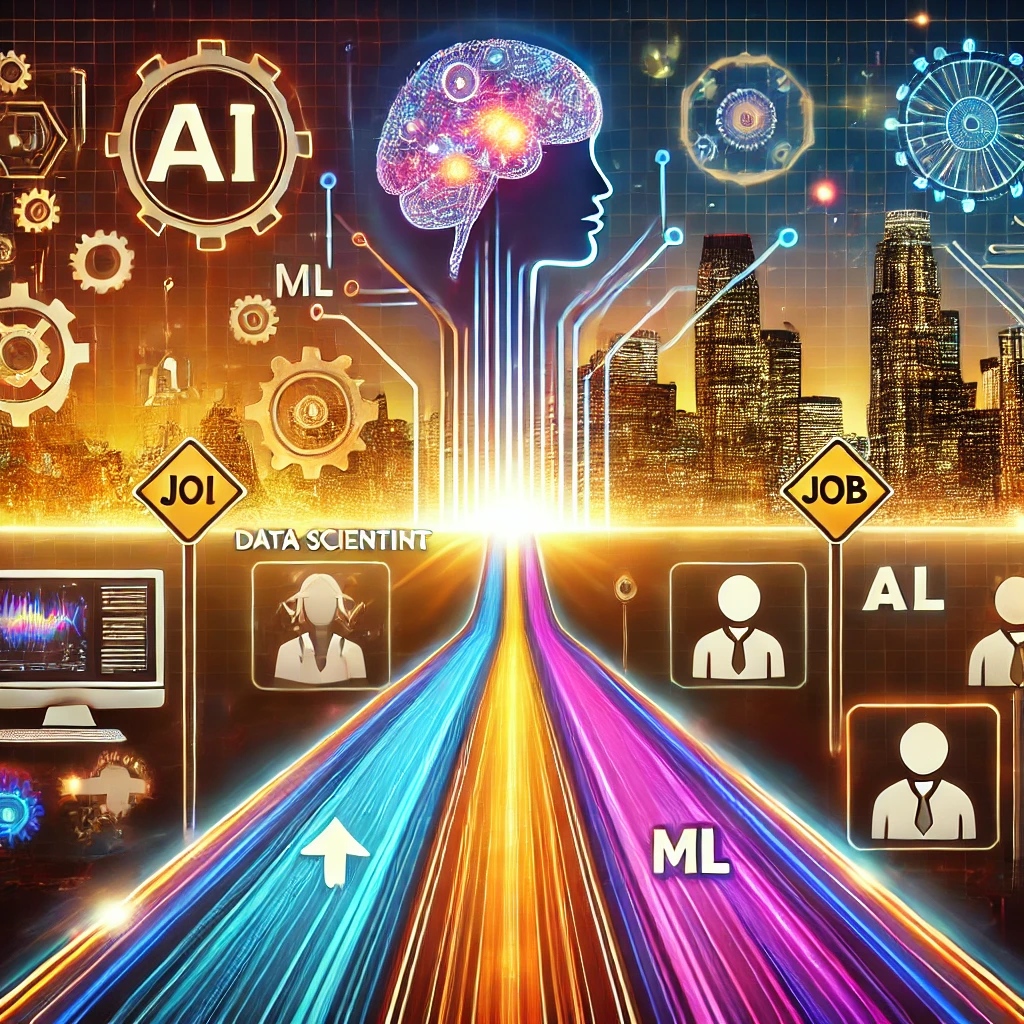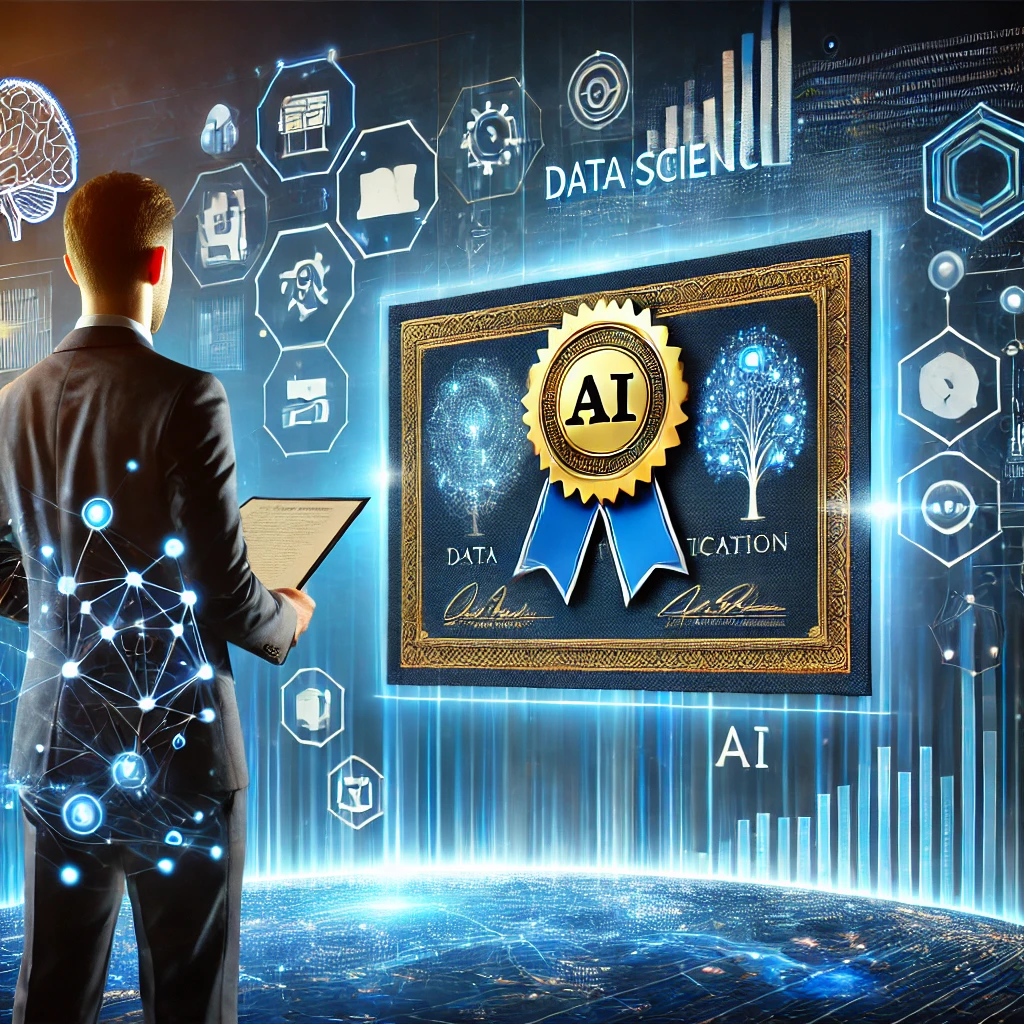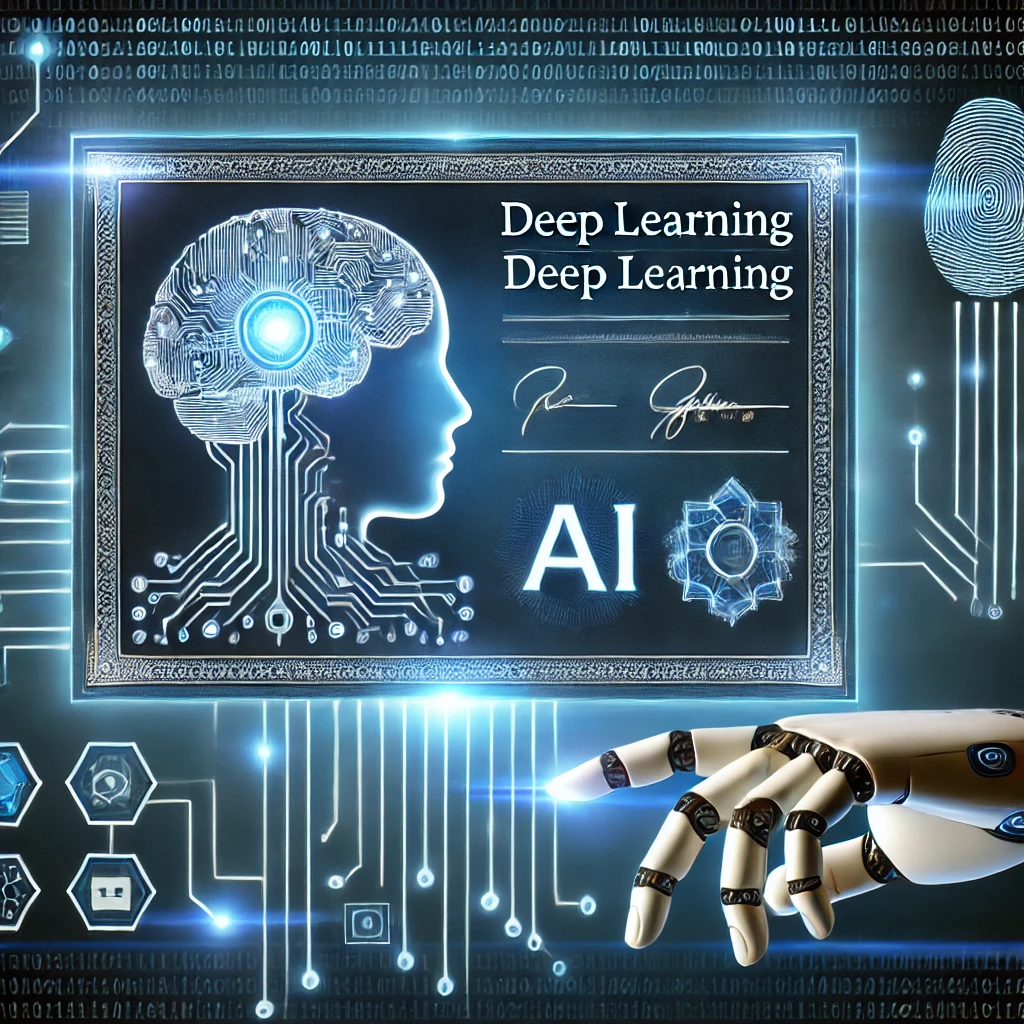Artificial Intelligence is no longer a futuristic concept; it is a powerful force driving innovation and shaping industries. From personalized recommendations on streaming platforms to advancements in healthcare and autonomous vehicles, AI is transforming everyday life. It is revolutionizing how we interact with the world.
This guide provides a clear and practical foundation for understanding Artificial Intelligence. It is designed for beginners who want to grasp its core concepts without getting lost in technical complexity. Whether you are curious about AI’s role in reshaping technology or exploring how it influences your life, this article will break it all down in an easy-to-follow way.
Stay with us as we uncover AI’s essentials, its real-world applications, and its potential to redefine the future. Let us embark on this journey to demystify the technology that is transforming our world—one breakthrough at a time.
Table of Contents
ToggleWhat is Artificial Intelligence?
Artificial Intelligence, or AI, is the study and development of computer systems equipped with humans’ cognitive abilities that assist them in carrying out various operations. These operations are visual perception, speech recognition, decision-making, and language translation.
The Building Blocks of AI
Machine Learning is one of the main types of Artificial Intelligence focusing on the development of AI models, which can learn and improve by themselves without any form of programming. Machine learning models look at a huge stack of data, and discover patterns that aid them in forecasting the future or making decisions.
Deep Learning is a more complicated form of Machine Learning in multi-tier neural networks to process information. These networks are motivated by the format and function of the human brain. A feature that allows AI systems to be bio-inspired, making them artificial life forms. They can, thus, learn as well as decide in a manner that corresponds to human cognition.
Types of AI Learning
Supervised learning is a type of Machine Learning where the AI model is trained on the given labeled data objects. You then feed the information into the system so it can recognize the patterns, and after that, you give it new data that is not labeled to see if it can predict the result. The model is finished and the input data set becomes an output label.
Unsupervised Learning
In the unsupervised learning approach, the AI system is provided with non-labeled data items and thus has to discover patterns and relationships on its own by using various statistical techniques. This is the kind of learning that gives you the chance to expose datasets to a cluster of variables that you want to attack with your model.
Reinforcement Learning
The key idea in reinforcement learning is to teach the models to make decisions by giving those rewards for the desired action and punishing the undesired ones. This type of application is most common in robotics and game-playing artificial intelligence.
Artificial Intelligence Applications Making Life Easy
Artificial Intelligence is used in many varying fields worldwide. Some might be the following:
- Healthcare: AI-automated diagnostic tools and therapy plans based on patients’ data.
- Finance: Fraud detection and automated trades.
- Transportation: Self-driving cars and traffic optimization.
- Education: Personalized learning course and automated grading.
- Customer Service: Chabot and virtual assistants.
The Future Impact of AI Worldwide
At a global level, Artificial Intelligence has acted as a medium of transformation for many industries, bringing in fresh opportunities for both innovation and growth. The rise of AI, from smart cities through to precision agriculture, is instrumental in the realization of more effective and efficient processes for various sectors.
Challenges and Ethical Considerations
One of the possible but highly uncertain features of Artificial Intelligence is its potential faster line of actions and ethical dimensions that have to be addressed. These may include:
- Job omission through automated processes
- Privacy issues concerning data collection and use practices
- Bias in AI algorithms and decision-making process
- The need for responsible AI development and deployment
- Emotional attachment and psychic imbalance may occur in Human beings.
Our pursuit of Artificial Intelligence is already moving us into an imaginative future with the power to make us ever more human-like or alter our nature. Not only will we gradually transform ourselves with this technology, but also it will be through a space built with the harmony of AI technology and human beings that the future will be lived in. Indirectly, techno-humanism will arise when a deep and comprehensive exploration of AI and its technologies is done. This will prepare each one of us to act as aides and to co-work with AI. Ultimately, we are the masterminds behind the AI that will prevail in the future. Therefore, we have to be diligent because the future we are striving for with AI can also be a bleak picture of a dystopian society.
What is next in Artificial Intelligence?
The future of Artificial Intelligence is quite promising and wide-ranging in the opportunities that it presents. As AI technologies become more and more advanced, we can expect several:
- AI systems that are the same as and are sometimes even more advanced than humans.
- AI is a much bigger part of what we do daily routine.
- Groundbreaking findings in the core areas of health and scientific research.
- Other industries and job sectors will emerge too in the future giving opportunities to grow and excel.
- Work-life balance might be no issue anymore, as AI will be providing a lot of help and ease.
Then, as we adopt this AI-enabled new way of life, it is incumbent on us to both educate ourselves and adjust to the new technological environment.
FAQs
- What is the difference between AI and Machine Learning?
Artificial Intelligence is a vast field that is the creation of intelligent machines. Whereas, Machine Learning is AI finished to the point where it can evaluate and make judgments based on data by itself. It is thus a subfield of AI delegated to this purpose.
- How is AI being used in the UK?
The UK is using AI in many fields such as the healthcare, finance sector, and the transportation industry. The government is also cutting the cost of AI education and training to enhance the state’s competitiveness.
- What are some ethical concerns surrounding AI?
Concerns include unemployment, privacy issues, biases in the algorithms, and abuses. The right path will be having this issue in the spotlight from a multilevel perspective, involving various fields including philosophy, ethics, religion, law, as well as social theory to come up with an inclusive approach to guidance and regulation of AI deployment across the globalized world.
- How can I learn more about Artificial Intelligence?
Many online sources provide courses, publications, etc., for those keen on learning AI. LearnTech, a fusion of learning technologies, like AI and blended learning, is an extraordinary educational tool with interactive simulators that enable contemporary schools to build smart classes and teach AI effortlessly.
Conclusively, Artificial Intelligence is a fast-paced industry with groundbreaking possibilities that are rising for several industries. Innovative individuals make their minds up and consequently, AI becomes an evolving technology. By knowing the basics of AI and staying up to date with its developments, we can get ourselves prepared for the AI-led future.



